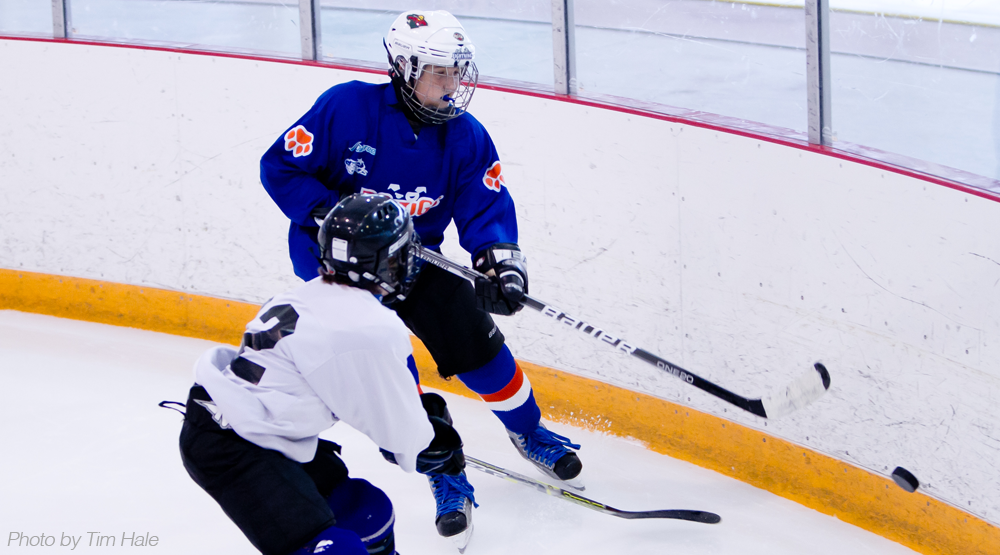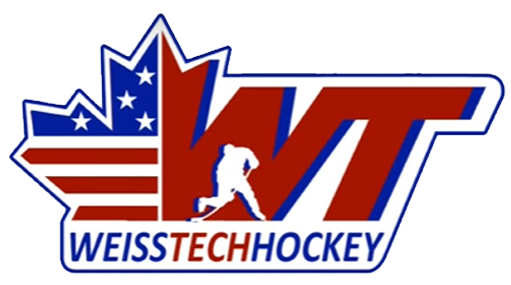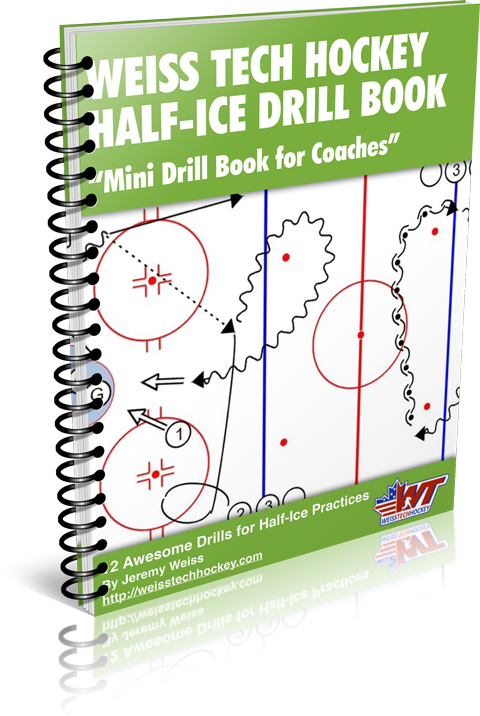
A few days ago I published a post about How to Impress a Coach at Tryouts. The article spawned from my recent experience as an evaluator in our State District Camp; where it became quite obvious that some kids didn’t have any idea how to showcase themselves well in a tryout. That article was part 1 of a 3-part series, and dealt with some off-ice strategic tips to leave a great impression on the coaching staff.
As stated above, we’re addressing this topic in 3 parts:
This article (part 2) will give you some key tips on how to strategize and showcase your skills ON the ice.
Triage and First Impressions
Think about a coach’s job in a tryout setting. He or she will have anywhere from 30 to 60 kids on the ice (or maybe more), and their job is to narrow it down to a handful of kids who will make the greatest impact on the team; and they only have a few sessions to decide!
As a coach in a tryout setting, I usually think in terms of “triage.” You may have heard this term in the emergency room. It’s where the nurses sort through everyone who’s sick, and figure out who needs attention first.
Here’s a quick definition:
tri·age
trēˈäZH/
noun
noun: triage
- (in medical use) the assignment of degrees of urgency to wounds or illnesses to decide the order of treatment of a large number of patients or casualties.
- the process of determining the most important people or things from amongst a large number that require attention.
So what does triage look like for a coach selecting a team? Here’s my workflow, assuming a standard tryout format with 1 or 2 skills sessions, followed by some games:
- Find the kids that look like definite cuts. Scratch them on your list.
- Find the kids who look like definite keepers. Circle them on your list.
- Watch the drills for “stand-out” plays (i.e. bar down snipes, big hits, slick hands, raw speed, etc.)
- At about 3/4 through the practice, are there any kids who you still haven’t noticed? Kids who aren’t blatantly bad, but who also haven’t stood out? Watch each of these kids specifically.
- Once you have your initial impression of each player, spend the remaining sessions watching to see how accurate your assessments were.
- Are there any kids who struggled in the drills, but contribute well in the games?
- Are there any kids who looked flashy in the drills, but faded away in the games?
- Did any of your bubble players rise up (or down) in the games?
- Re-evaluate your lists, and check your impressions against the game stats from tryouts. Do the numbers match what you felt you saw?
I should mention, I have a little game I play while I’m watching the players getting ready to come on the ice. I try to see if I can guess the top kids by the way they look; how they wear their gear, how they carry themselves, posture, how they interact with other players, etc.I’m usually pretty accurate. The best players look the part, even before they step on the ice.
A Seat at the Table…
As you can see… this whole process is a systematic way to figure out really quickly WHO ARE THE KIDS I SHOULD BE WATCHING. Once I’ve “scratched” a player, it’ll take some sort of flashy, attention-grabbing play to make me look at them again. First impressions are what get you a seat at the table in the coach’s mind.
So, how do you ensure that you grab the coach’s attention and keep it? Here are a few tips I suggest:
- Don’t look sloppy on the ice
- Do up your chin strap.
- Mouth piece in. If you’re going to wear it, wear it properly, not hanging out the side of your mouth. Look sharp out there.
- Make sure your equipment fits right. For example, wearing pants that are too short makes you look inexperienced. Skates that are too big will make you clumsy. Etc.
- Tuck in the tongues on your skates. This one is personal opinion for me, but “tongues out” gives you a “clumsy” look. In a tryout with 60 kids, a split second look that gives off a clumsy impression can give the coach the wrong idea of the type of skater you are. I know some people think tongues out looks cool… but as I mentioned in the first article, you’re aim is to impress the coach, not your peers. If you must, tuck in your tongues for tryouts, then go back to tongues out once you’ve made the team.
- No multi-colored laces or mismatched socks. Again, look sharp, play sharp. Be professional.
- Don’t be intimidated by players who already know each other, or are loud mouths in the locker room. Let your performance and character shine through and speak for itself on the ice. Some players look like “gamers,” and talk a big story in the locker room, but then you don’t notice them on the ice.
- Pick the right partners. This is probably the MOST IMPORTANT tip of this segment. Good players make you look better, bad players make you look worse! Don’t sell yourself short. Also, can you spot someone you might have chemistry with? Look for it, and partner up with that player!
- Pick your order in line – if you get the drill, go first and come out flying. If you don’t get the drill, go third or fourth. Don’t EVER go first or second then mess it up! Coaches don’t appreciate “drill killers.”
I know this is a pretty long list, but I’m sure there’s more that could be added! In the next segment, we’re going to talk about your actual on-ice performance. In the meantime, comment below if you’d add (or take away) anything from this list!





